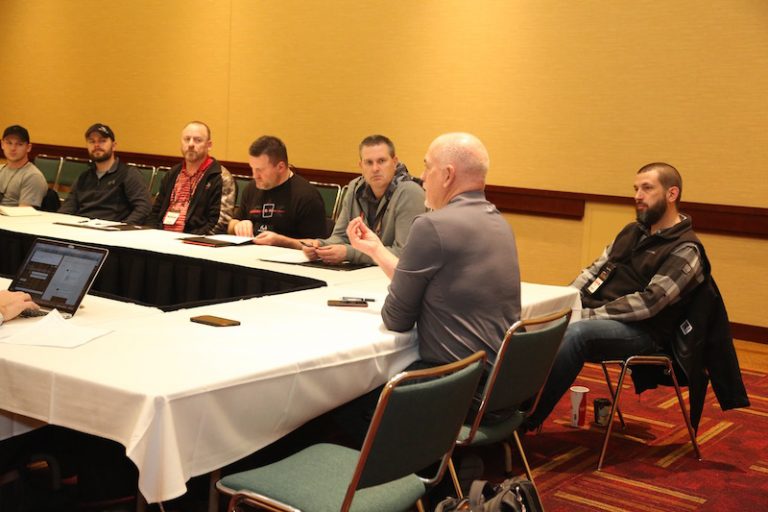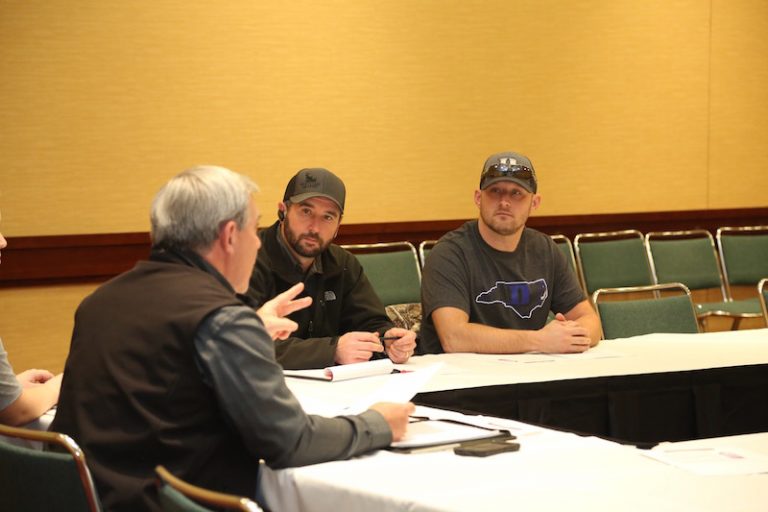Big Boost for R3
The good news is that state wildlife agencies can now get more funding for their popular R3 programs, which recruit, retain and reactivate hunters. Forster said P-R Modernization legislation originated in 2016, but was delayed two years by procedural matters. It looked like it would pass a year ago, but then the House majority party changed from Republicans to Democrats in November 2018, and the government shut down in late December 2018 through much of January 2019.
The effort paid off in December, and President Trump signed it into law shortly before Christmas. Forster said this update to the P-R Act does not affect how the IRS levies federal-excise taxes on archery manufacturers. It simply gives wildlife agencies more flexibility in how they spend money they receive from FET revenues.
“We’re now working with state agencies to get more money on the ground and into the field as quickly as possible to bolster hunting and shooting programs,” Forster said. “Until this legislation passed, agencies couldn’t use P-R money to promote R3 efforts. We’re now working with the Association of Fish and Wildlife Agencies to accelerate the funding process. This is especially important to agencies that rely totally on license fees and P-R funding to run their programs.”
Forster, the ATA and its Board of Directors are also working with the IRS, U.S. Customs, and U.S. Fish and Wildlife Service to force online retailers to pay their fair FET shares when selling foreign-made archery products direct to consumers. U.S. manufacturers pay the FET up front when selling products to retailers and distributors. Meanwhile, some large online retailers and their offshore manufacturing partners avoid paying the FET.
“It’s a tax loophole that’s unfair to U.S.-based manufacturers, and it undercuts funding for conservation and hunting programs,” Forster said. “By selling direct to consumers, online retailers make consumers responsible for paying the FET, but there’s no system in place to collect what’s owed. That’s lost funding we need for managing wildlife, doing research, and promoting participation. We’re working with our members and partners to fully understand the problem, and how best to close those loopholes.”



